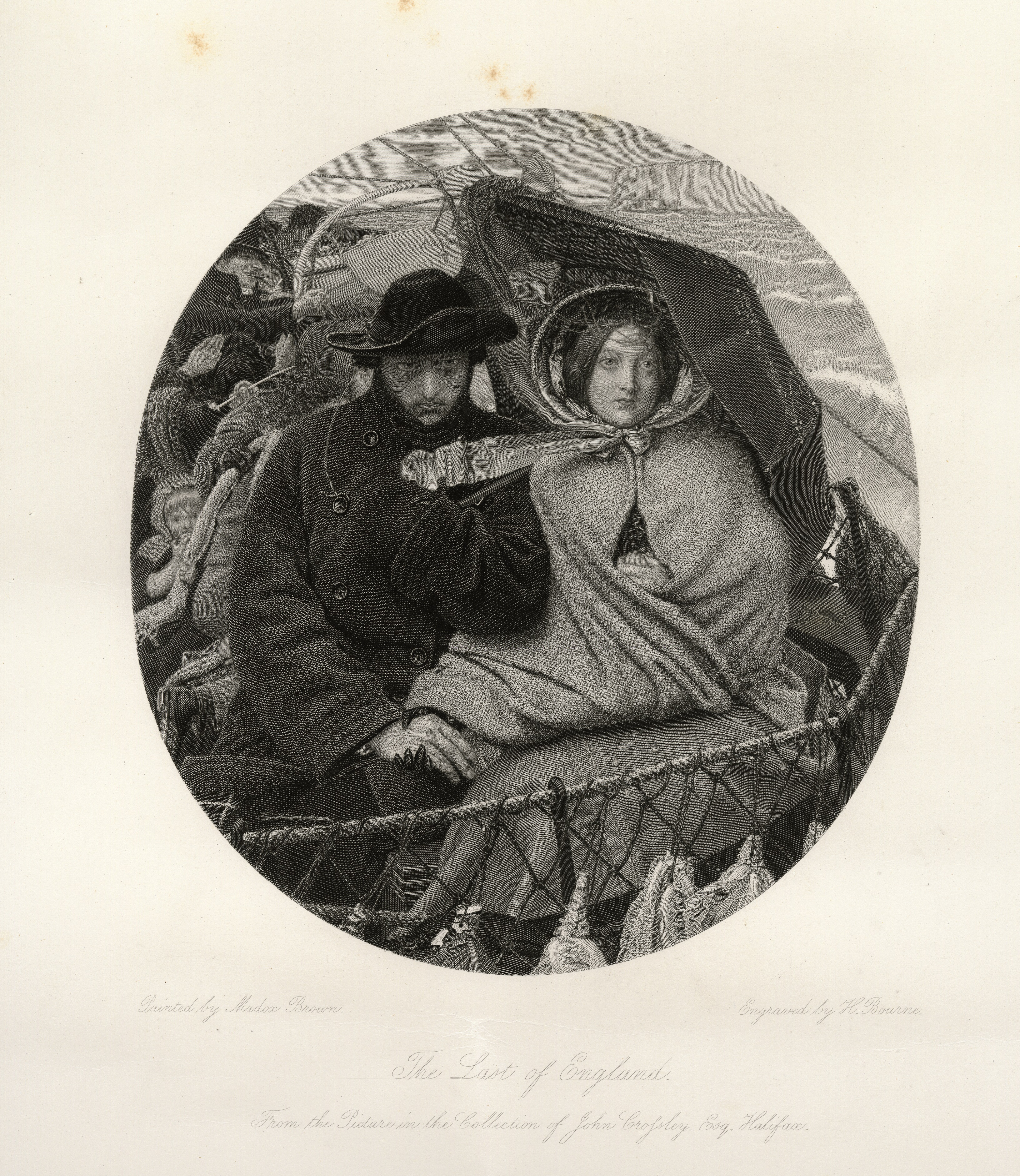Manus Ex Machina: The Tactile Interface of Lady Audley’s Secret
Keywords:
literature, hands, Lady Audley's SecretAbstract
This article argues that hands and their touch in Mary Elizabeth Braddon’s Lady Audley’s Secret create a narrative tactile interface that emphasizes how every contact leaves a trace. This ability to trace and provide continuity reinforces the forensic nature of the plot of the novel. By focusing on four specific aspects of tactility – reciprocal touch, touch within letter writing and distribution, tactility in negotiating environments in the novel and in stage adaptations, as well as ghostly touches – this article demonstrates that a hand from within the machine (a manus ex machina) guides the narrative. The domination of hands, as well as an emphasis on tactility, highlights a haptic form of interface that became part of a mid-to-late Victorian fascination with touch as a means to evoke morals, social boundaries, concepts of embodiment, and material confines.
References
Beller, Anne-Marie, and Tara MacDonald, eds. “Beyond Braddon: Reassessing Female Sensationalists.” Special issue of Women’s Writing 20.2 (May 2013).
Braddon, Mary Elizabeth. Lady Audley’s Secret. Ed. Natalie M. Houston. Peterborough: Broadview, 2003. Print.
Brantlinger, Patrick. “What Is ‘Sensational’ About the ‘Sensation Novel’?” Nineteenth-Century Fiction 37.1 (1982): 1-28. Web.
Cohen, William. A. Embodied: Victorian Literature and the Senses. University of Minnesota Press (2009). Print.
Daly, Nicholas. “Sensation Fiction and the Modernization of the Senses.” (1999). ELH 66.2 (Summer 1999): 461-487. Web.
Drucker, Johanna. “Humanities Approaches to Interface Theory.” Culture Machine 12 (2011): 1-20. Web.
Dunbar, Ann-Marie. “Making the Case: Detection and Confession in “Lady Audley’s Secret” and “The Woman in White”.” Victorian Review 40.1 (Spring 2014): 97-116. Web.
Hazlewood, Colin Henry. “Lady Audley’s Secret.” Nineteenth Century Plays. Ed. George Rowell. Second Edition. London: Oxford University Press, 1972. 233-66. Print.
Houston, Natalie M. “Introduction.” Lady Audley’s Secret. Peterborough: Broadview Press, 2003. 9-29. Print.
"interface, n." OED Online. Oxford University Press, November 2018. Web. 20 November 2018.
Kirschenbaum, Matthew G. “Every Contact Leaves a Trace”: Computers Forensics and Electronic Textuality. 2005. Web. 20 November 2018. http://lteprojects.umd.edu/mgk/blog/LeavesATrace.pdf
Langland, Elizabeth. “Enclosure Acts: Framing Women’s Bodies in Braddon’s Lady Audley’s Secret.” Beyond Sensation: Mary Elizabeth Braddon in Context. Eds. Marlene Tromp, Pamela K. Gilbert and Aeron Haynie. Albany: SUNY Press, 1999. 3-11. Print.
Liggins, Emma. “The ‘Evil Days’ of the Female Murderer: subverted marriage plots and the avoidance of scandal in the Victorian sensation novel.” Journal of Victorian Culture 2.1 (1997): 27-41.
“manipulation, n.” Def. 3a. OED Online. Oxford University Press, November 2018. Web. 20 November 2018.
“manipulation, n.” Def. 4. OED Online. Oxford University Press, November 2018. Web. 20 November 2018.
Merleau-Ponty, Maurice. The Visible and the Invisible. Ed. Claude Léfort. Trans. Alphonso Lingis. Evanston: Northwestern University Press, 1968. Print.
Nemesvari, Richard. “Robert Audley’s Secret: Male Homosocial Desire in Lady Audley’s Secret.” Studies in the Novel 27.4 (Winter 1995): 515-28.
Peak, Anna. “Servants and the Victorian Sensation Novel.” Studies in English Literature, 1500-1900 54.4 (Autumn 2014): 835-51.
Picket, Lyn. The Sensation Novel: From The Woman in White to The Moonstone. Plymouth: British Council, 1994.
Quirk, Catherine. “Unlicensed Adaptation: Agency and Subversion in Lady Audley’s Secret.” Nineteenth-Century Gender Studies 14.3 (Winter 2018). http://ncgsjournal.com/issue143/quirk.html
Radford, Andrew. Victorian Sensation Fiction. Basingstoke: Palgrave Macmillan, 2009. Print.
Steere, Elizabeth Lee. “‘I Thought You Was an Evil Spirit’: The Hidden Villain of Lady Audley’s Secret.” Women’s Writing 15.3 (2008): 300-19. Print.


